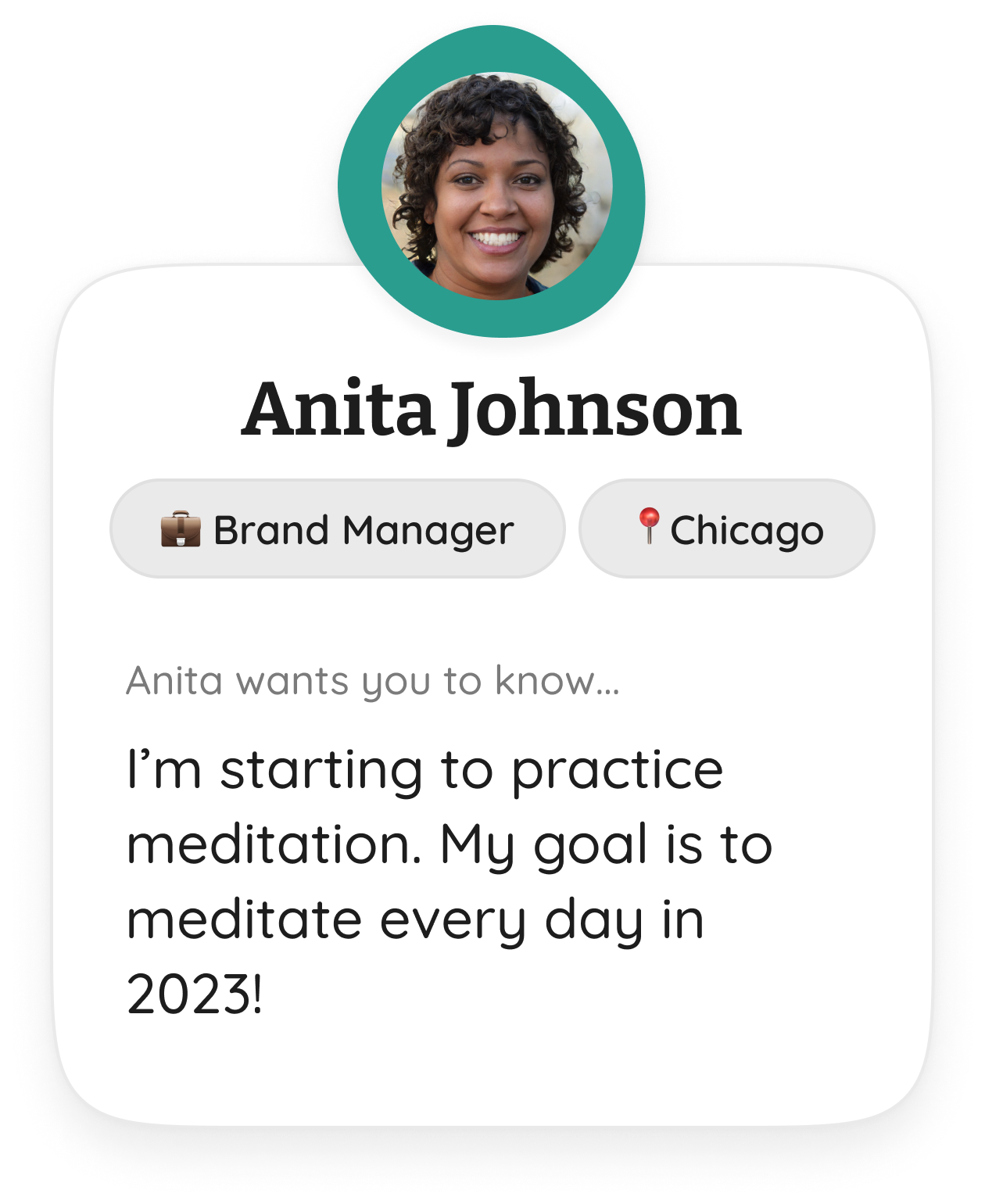Onboarding: captivating users with an “aha” moment
RoleLead Product Designer
FocusResearch, Ideation, UX/UI Design, Interaction Design
CompanyPairUp (Early Stage Startup)
CONTEXT
In 2022, PairUp focused on giving employees a fresh way to engage in meaningful conversations with their peers to ultimately increase their sense of belonging at work.
At this point in PairUp’s growth, the product was straightforward. Our matching algorithm helped us group the right people, and our research-backed content guided and supported those connections with relevant conversation prompts to get them talking about the right things.
We were operating within the typical constraints of an early-stage startup:
Lean team of two: Executed in collaboration with CTO
Tight deadlines: Pressing commitments to investors and upcoming launches with new customers
PROBLEM
Over 85% of our users were successfully onboarding. Only 40% were sending a first message.
The company leaders that purchased PairUp were largely in charge of encouraging their team to sign up. This process worked to get most users signed up; however, we lost over half of those users at the most important activation milestone: sending their first message.
There was friction here, and a few interviews helped clarify that users were not sure exactly what they had signed up for, and why it was valuable. This lack of clarity prevented users from understanding the value of engaging with their match.
With this info, I led my team in a rapid ideation workshop and we prioritized a few ways to improve our time-to-value and boost that first activation rate.
Generalized themes pulled from several user interviewsA few ideas from UX workshop using Crazy 8s methodSOLUTION – PART ONE
Our matching survey got a visual refresh to motivate users through the sign up process.
SOLUTION – PART TWO
PairUp’s value was illuminated in a new onboarding experience focused on personal connection.
There was a clear opportunity to use the data we were collecting from our matching survey responses and the general employee data we got when setting up with new customers.
I suggested a couple iterations of how the intro to group onboarding experience could come to life with that data in mind.
I also wanted to consider an iteration that pulled content from an added freeform question within the matching survey. This would allow for more personal responses, which keyed in on my goal of reflecting that users are connecting real people, not entries in a database.
I added a screen to introduce the group’s focus area so now, before interacting with the group chat, users would have context around what they would be chatting about, for how long, why, and with whom.
I also wanted to test the impact of putting the first prompt (one way to trigger the activation milestone of sending a first message) within this onboarding experience.

























